Editor's note. In March 2014 Bo London closed, though on 6th March its own Twitter feed claimed this was merely a refurbishment. Later responses from Alvin Leung in The Caterer magazine indicated that it would reopen at some point, but in a different, more casual dining format. Quite how that official line reconciles with the appointment of a bankruptcy adminsitrator for Bo London on March 12th (reference 60805 in The London Gazette) is unclear. From May 2015 it will become an unrelated called Bouillabaise, which gives the lie to the previous claims.
Alvin Leung, one time sound engineer turned self-taught chef, runs Bo Innovation in Hong Kong, and in December 2012 opened Bo London in Mayfair. Mr Leung is a skilful publicist, labelling himself “the demon chef” and calling his cooking “X-Treme cuisine.” He was actually born in Britain but brought up in Canada before moving to Hong Kong, cooking dinner parties at his apartment before opening his own restaurant.
Bo London (Bo means fortune in Chinese) is tucked away in a quiet Mayfair side street, a ground floor space with banquette seating along one wall, and further tables under a skylight at the far end. There are no tablecloths, a wooden floor and muzak plays in the room. At lunch there is some choice, but in the evening the format is a tasting menu, priced at an ambitious £138 for fifteen courses, more than the “prestige” tasting menu at Gordon Ramsay (£125 at the time of writing). There was a fairly short wine list, with prices ranging from £31 to £600. Examples were Langmeil Riesling 2011 at £40 for a wine that you can find in a shop for around £15, Katnook Estate Merlot 2009 for £57 compared to a shop price of around £22 and Krug NV a £310 for champagne that you can buy for around £141 retail.
Xiao long bao (Shanghai soup dumpling) is a steamed dumpling with a liquid centre, popularised in particular by the Taiwanese chain Din Tai Fung; the liquid centre is achieved by combining aspic with the pork filling in the dumpling, which melts when heated. The version at Bo was less successful than the Din Tai Fung version, the lack of vinegar used presumably intended to make the dish subtler, but without the vinegar kick you just have a rather dull pork dumpling, in this case with a somewhat thick, clumpy dumpling – it was fine, but no more than that (12/20). Crab fung gor was a bit better, the dumpling having better texture, and there being some crab taste coming through the chilli heat (13/20). Quail “beggar style” with lotus leaf, wolfberry chutney and yellow lentil was not served in a lotus leaf (the traditional way of cooking beggar’s chicken) but was served on a bed of yellow lentil puree, which was OK but was lukewarm when it arrived – the quail itself was fine, the lotus leaf represented by lotus leaf oil, but as a dish it lacked any real excitement, just a decent piece of quail on a rather cold lentil puree (13/20 at best). A stir-fried rice eventually turned up, combined with some fermented olive leaves, but it arrived after I had finished my quail, which was clearly not the intention.
A deconstructed Black Forest gateau had a few cherries on a bed of a crumb made from cardamom and coconut. This was harmless enough, though the cardamom flavour was rather dominant (13/20). I also tried the notorious “sex on the beach” dessert, where a jelly (using a cypercolloid to form a gel) is made in the shape of a used condom, condensed milk is what they politely describe as the “discharge”, and the sand is a biscuit crumb (as described by the waiter, though the version in Hong Kong used powdered shitake mushrooms), finished with lychee and passion fruit cream and a Szechuan peppercorn ice cream. The “condom” tasted only marginally better than the real thing, the crumb was fine, though the ice cream was served too cold and was very hard, the lychee flavour coming across OK. Ignoring the shock element of the presentation, this was a decent enough dessert with the contrast of flavours being reasonable, though I was surprised at how subdued the flavour of the Szechuan peppercorn ice cream was, given its usual strong numbing effect, which could have been useful when being presented with the bill. This dish was at the least, original, whether or not you find the appearance of the dish unpleasant (13/20).
The bill came to an X-Pensive £54 for lunch, with just water to drink, and one extra dessert/prophylactic. Service was smooth if rather garrulous. Overall this was an awful lot of money for the quality of food being delivered, though a snip compared to the tasting menu in the evening. Overall I can just about get the overall score up to a 13/20, but for me this was just not very interesting cooking. Using molecular cooking techniques that would have been cutting edge in 1995 and the odd shock-effect presentation idea to me does not constitute anything remarkably forward looking. Moreover the flavours of the dishes were by no means X-Treme in any way; indeed they seemed generally very subdued. For me this was a case where the kitchen chemistry set was used for gimmickry rather than to add anything genuinely innovative. It is at least consistent with my experience at Bo Innovation in Hong Kong, which also left me cold.
The menu pricing at Bo London is surreal when you consider that the vastly superior HKK’s tasting menu is £95, far less than what is being charged here. I found the whole experience merely X-Tortionate.
















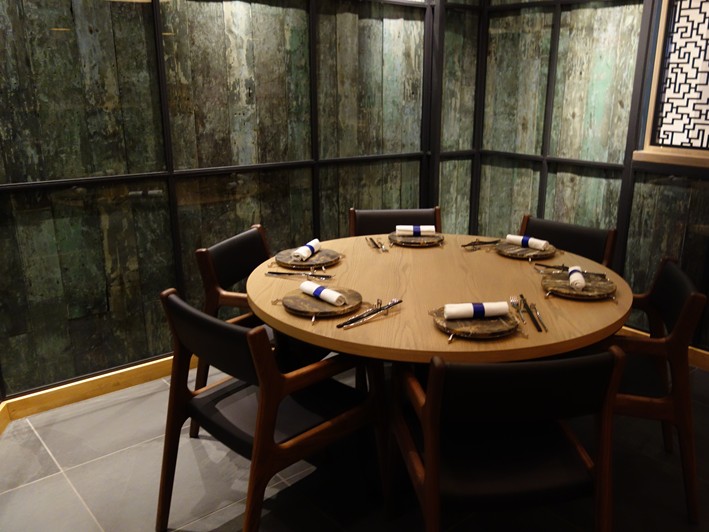
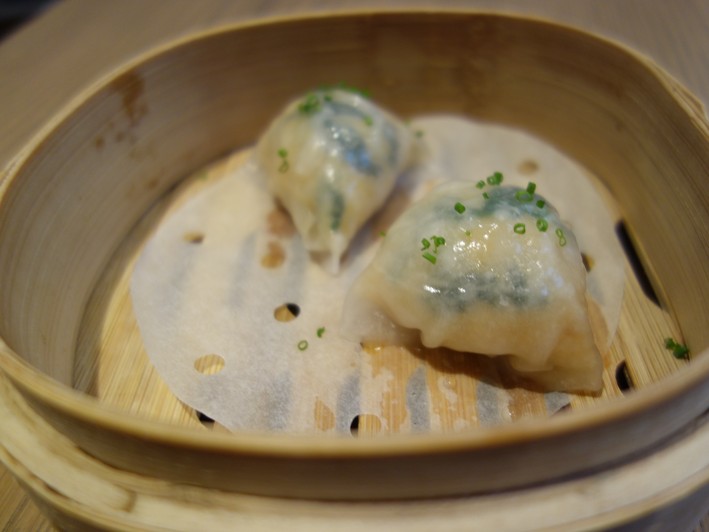

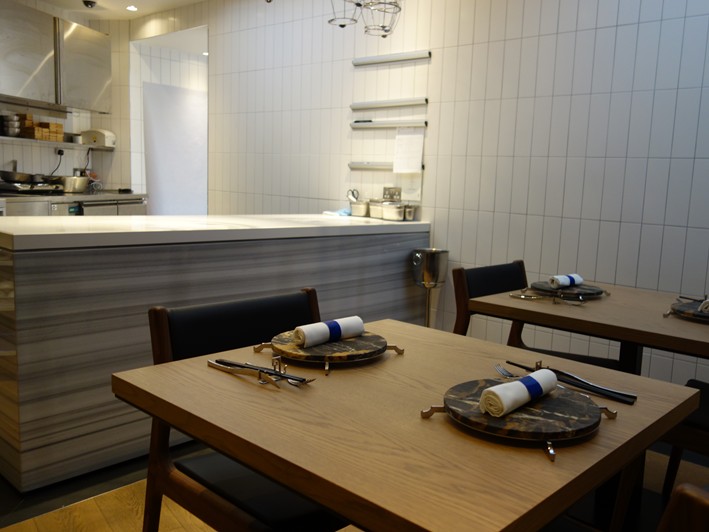
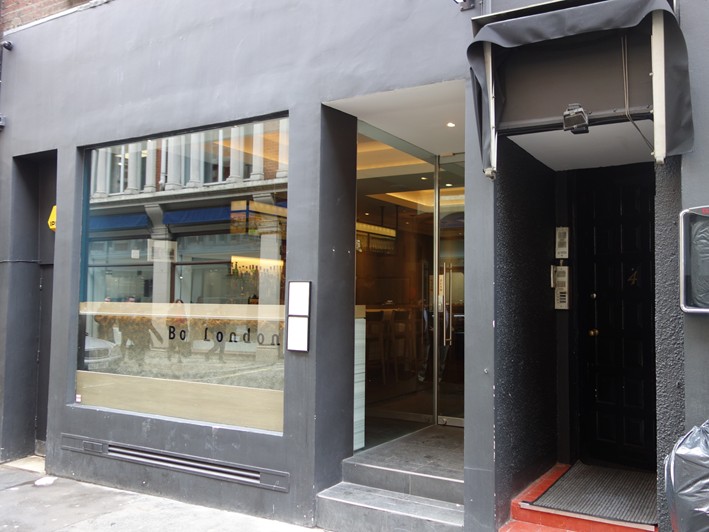
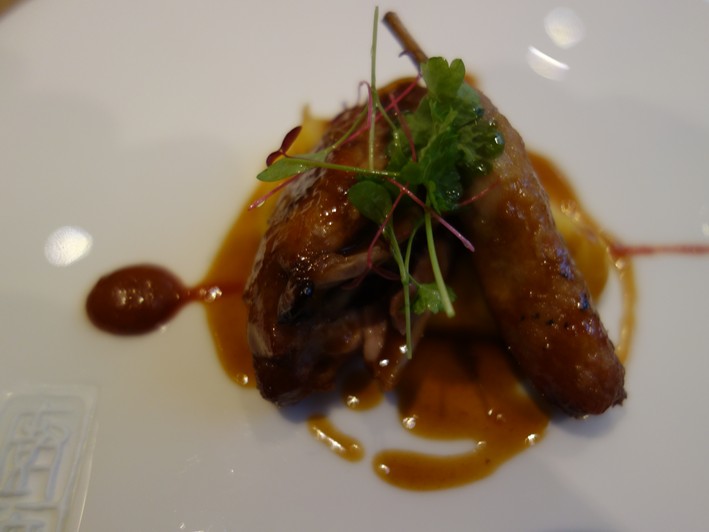
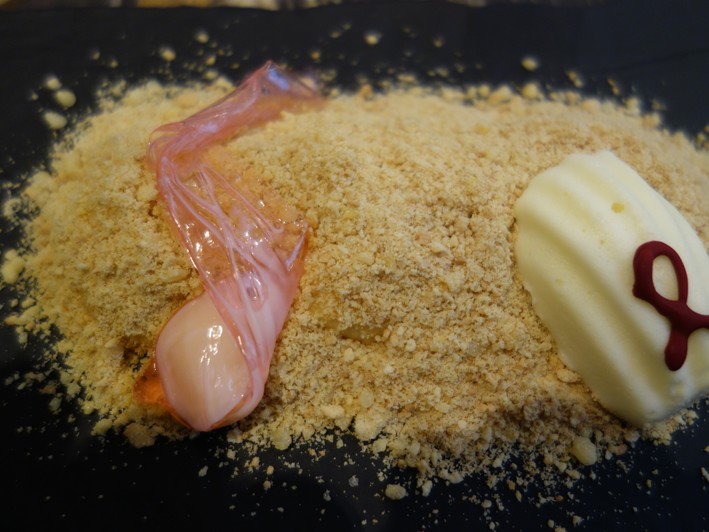



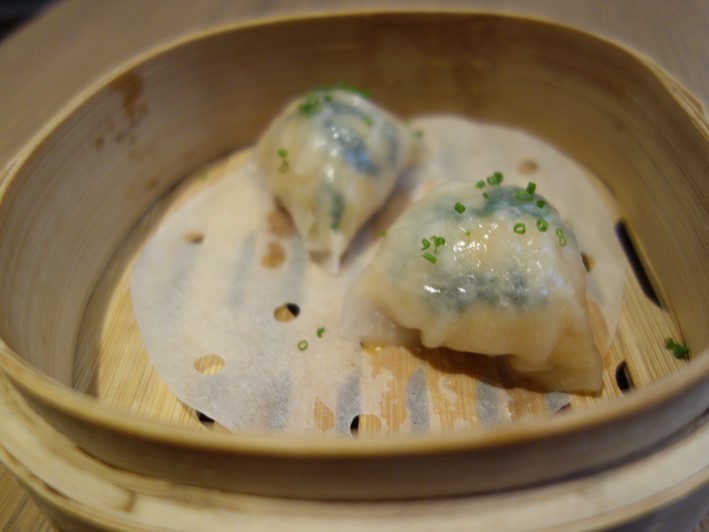

Add a comment
Thank you for submitting your comment, this will be checked and added to the website very soon.
User comments